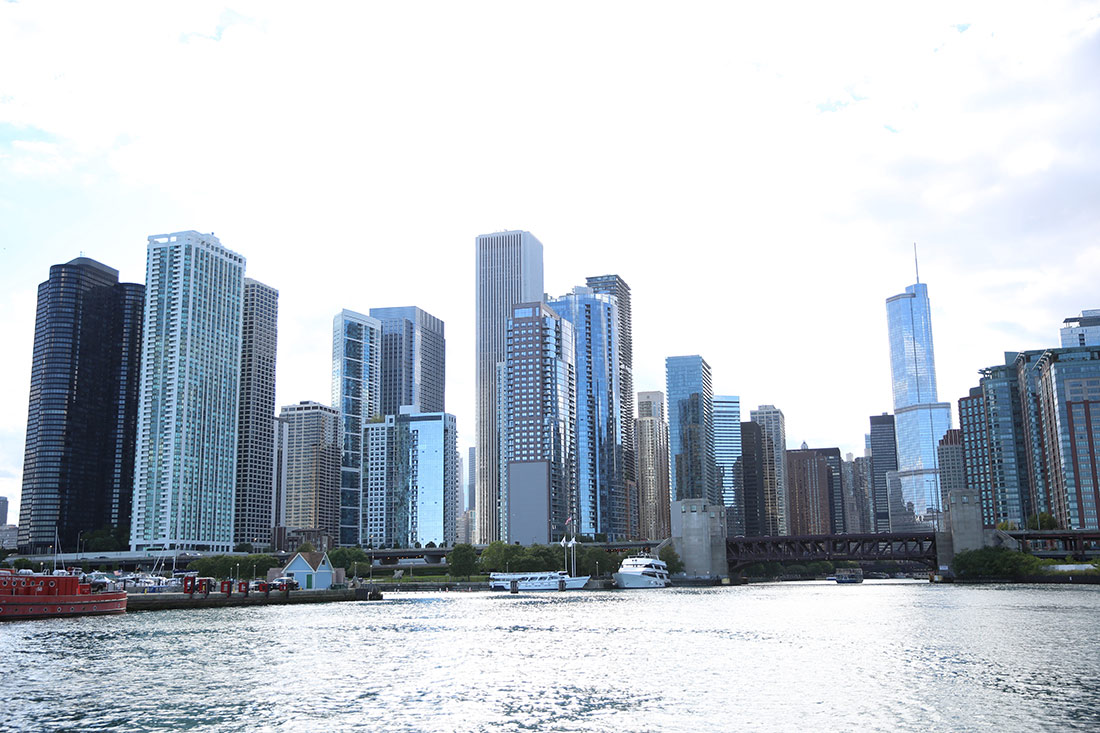By Yifang (Evonne) Liu
New single-family home sales modestly increased 3.7 percent to an annual adjusted rate of 555,000 in January, well below the economists’ consensus of an annual rate of 571,000 compiled by Bloomberg.
The January rate was up from December’s rate of 535,000, which was a drop of 10.4 percent, the most in almost two years, according to the report from the U.S. Census Bureau and the U.S. Department of Housing and Urban Development.
“New home sales continued their years-long, slow and steady march upward in January, which is all well and good,” wrote Svenja Gudell, Zillow chief economist, in a report, “but given the level of demand in the market, strong permits and starts activity and a bounce back from a particularly wintry and weak December, it’s fair to say this decent gain could have and should have been a bit more dramatic. Instead of slow and steady gains, the market needs a big infusion of new construction and new home sales activity, and there are signs this could come as the busy spring shopping season gets underway.”
Home sales rose in the Northeast, Midwest, and South, but was tempered by a 4.4 percent drop in the West.
Median sales prices of new homes sold slipped in January to $312,900 from December’s $322,500, but that was up 7.5 percent from a year ago. The average sales price decreased to $360,900 from $384,000, down 1.3 percent year over year.
Housing inventory dropped in January to 265,000 new homes for sale. This is about a 5.7 months’ supply at the current sales rate, down from a 5.8 months’ supply in December. A 9,000 increase in inventory was offset by a faster pace of sales.
“Inventory of new homes available for sale climbed sharply in January to the highest level since September 2009, a good sign for home shoppers in the months to come,” Gudell wrote.
However, Brian Wesbury, chief economist at First Trust Advisors, stated in a report that most of the gain in inventories in January was due to homes for which construction has yet to start.
“Despite a 9,000 increase in unsold new homes, inventories remain low by historical standards and are not a headwind to future construction,” Wesbury wrote.
Looking forward, some economists expect housing to remain a positive factor for the economy.
“First, employment gains continue which should put upward pressure on wage growth,” wrote Wesbury. “Second, the mortgage market is starting to thaw. Third, the homeownership rate remains depressed as a larger share of the population is renting, leaving plenty of potential buyers as economic conditions continue to improve,”
Yelena Shulyatyeva, an economist at Bloomberg Intelligence, wrote in a report that home sales will likely remain weak in the first half of 2017.
“Nevertheless, this trend will likely prove temporary, as the underlying demand for housing remains solid, and expected income growth this year will likely offset the impact of higher interest rates,” Shulyatyeva said.


